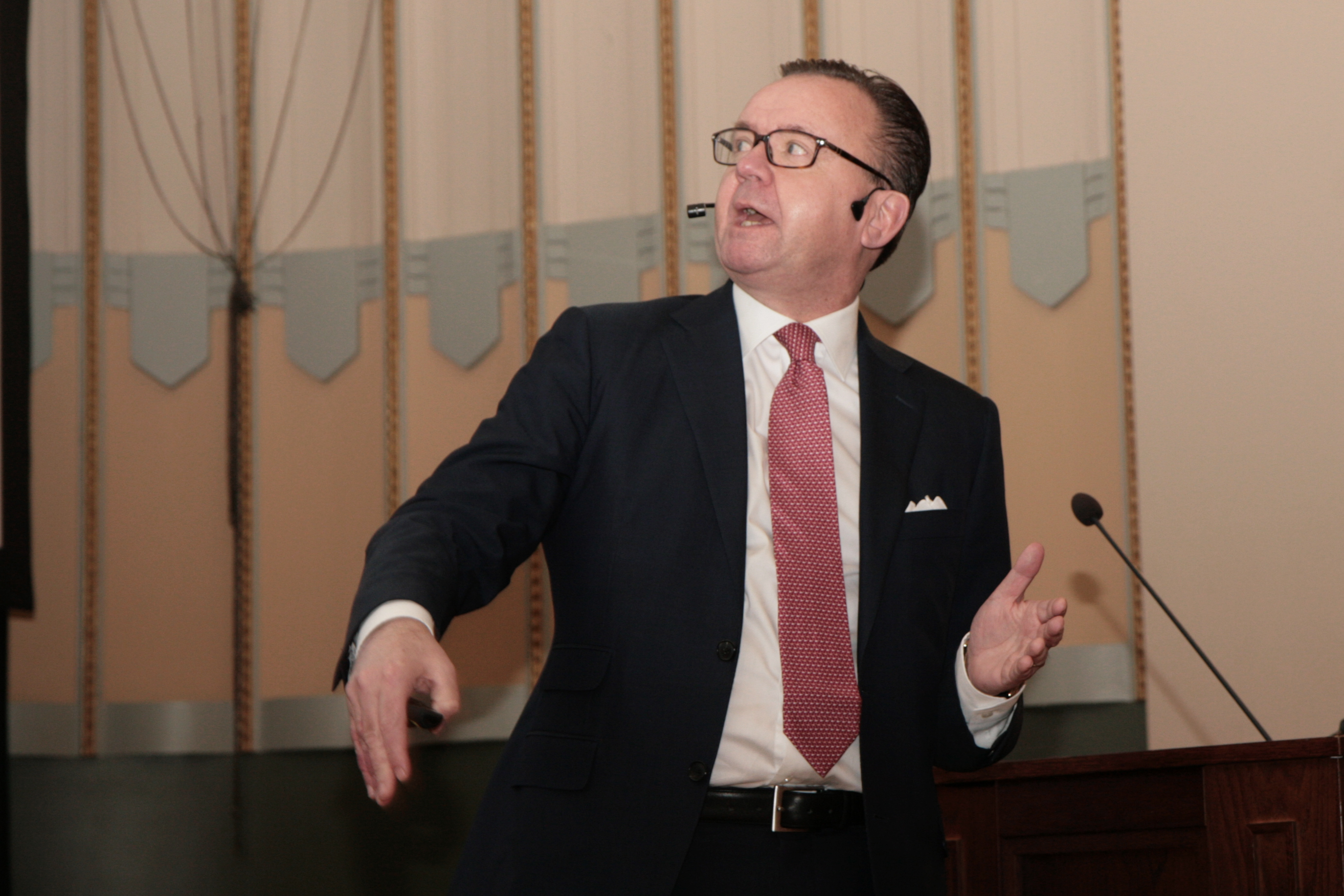Sundström: ”We do not like subsidies”

Stora Enso is not excited about liquid biofuels, because their production is too much based on state subsidies. “Subsidies come and subsidies go. We do not want to rely our business on them,” says Mr. Karl-Henrik Sundström, CEO at forest industry company Stora Enso.
Sundström, who gave a presentation at an event of Forest Forum for Decision-Makers, said that Stora Enso is searching for growth from renewable materials and increasingly from somewhere else than the Nordic countries. “5,000 of our 27,000 workers are based in Finland and 4,000 in China, but China will surpass Finland soon,” said Sundström.
Change is rapid, at least compared to an average age of a Nordic tree. It is driven by familiar trends: increasing population, urbanization, digitalization, increase of income, climate change, change in lifestyles and environmental awareness.
“In ten years we are going to do the same, which previously took a hundred years,” said Sundström.

Everything cannot be substituted by wood
Sundström’s basic idea is familiar as well, but expressed in a rather modest way: ”All that is made of fossil raw materials today can be made of wood tomorrow,” said Sundström.
The discussion in the event largely revolved around this: even if all of this can be made of wood already today, a much more difficult question is whether it is possible to do all this make in a profitable and industrialized way and whether it is sensible from the point of view of national economies.
Especially plastics were discussed, how soon bioplastics may be able to substitute fossils. Sundström’s initial answer was: in 5–10 years.
But is it sensible? Present plastics are byproducts of oil production and as long as oil is produced – the end of its production is not within our sight as we know very well – the process produces raw material for plastics as well. And we shoud do something with it as well.
If it was not processed to plastics, it perhaps would be directly burned into the atmosphere, while the carbon in the plastics would be bound somewhere else more or less permanently.
Sundström admits that there is a problem. “Of course we must concentrate on plastics that, looking at the big picture, make sense to be produced from biomaterials,” said Subdström.
Lignin is an old, but a new product
Stota Enso wants to be an energy company as well, but not on any condition. “As a company using forest we cannot concentrate on energy production only. There is no sense in burning all wood for energy,” says Sundström.
Stora Enso is not very excited about liquid biofuels either. “Yes, this is correct,” says Sundström. “Production of liquid biofuels is largely based on state subsidies. But these subsidies come and go. We do not want to base our business on them.”
Stora Enso just bought wood materials processing know-how from the United States with the take-over of Virdia. The target is to separate, for example, hemicellulose and lignin from waste liquors of pulp production. With them the company tries to construct totally new kind “second generation” biodegradable molecules and chemicals.
The separation of lignin has already begun at the Sunila pulp mill in Finland. The first products for construction are already manufactured. One of them is a better version of a glue known as Karatex in 1960s. “In this glue the poisonous phenol is substituted with totally non-toxic material,” said Sundström.
The company produces dissolving pulp as well. This is raw-material for viscose, which can be used to, for example, replace cotton. Growing cotton can be very harmful for the environment. It also in turn uses agricultural land that could be used to produce food as well.
But what is the company’s view on emerging technologies that may replace viscose? According to Sundström, they are very interesting.
“Dissolving pulp as such is a good product, but the way how it is processed to viscose is very difficult from the point of view of the environment.”
“You could say that, in regard of the environment, a modern viscose factory resembles a pulp mill from the 1950s. This is why we also participate in the work to solve the problems of viscose production.”

Previously in forest.fi: Use of shale gas creates more space for lignin